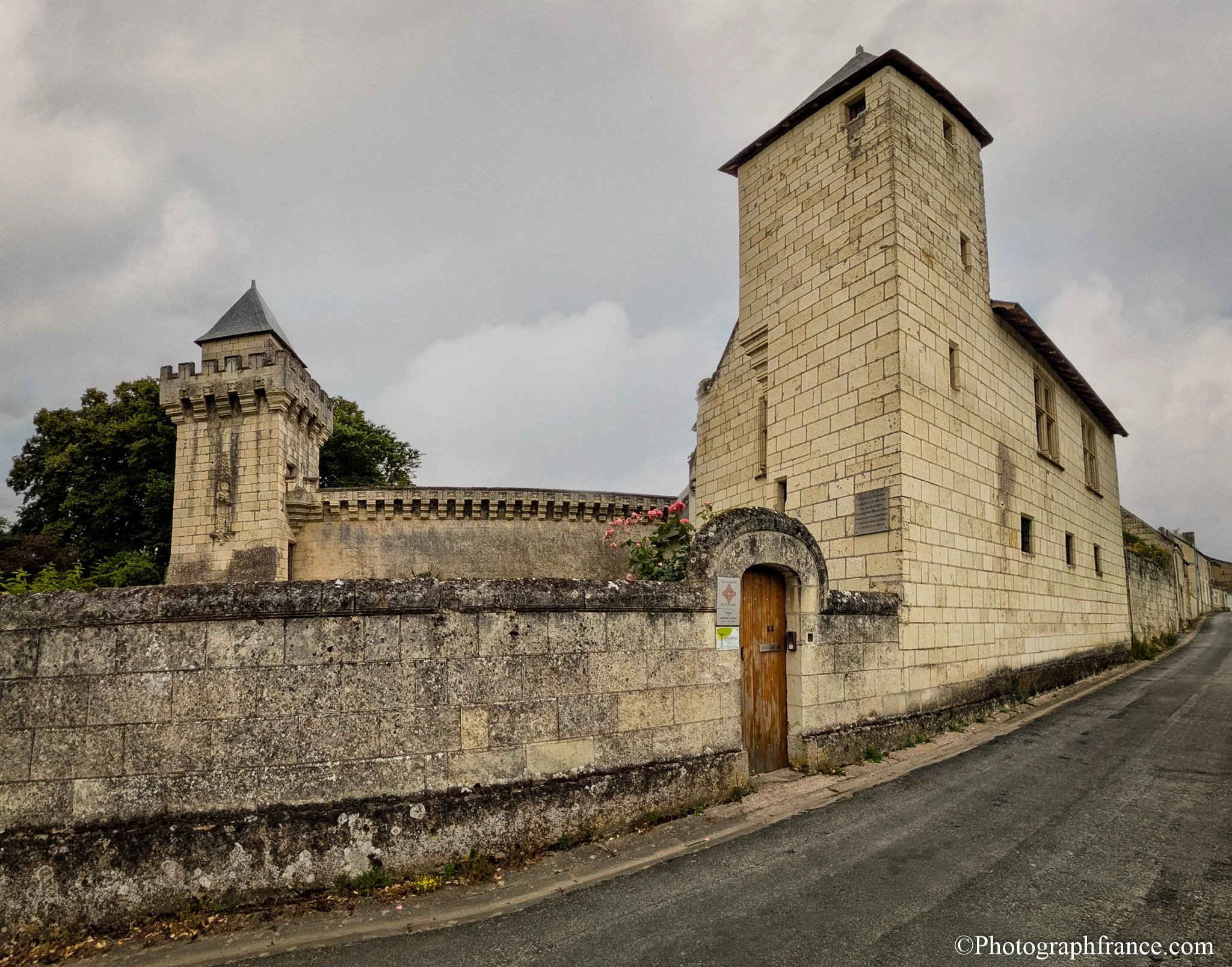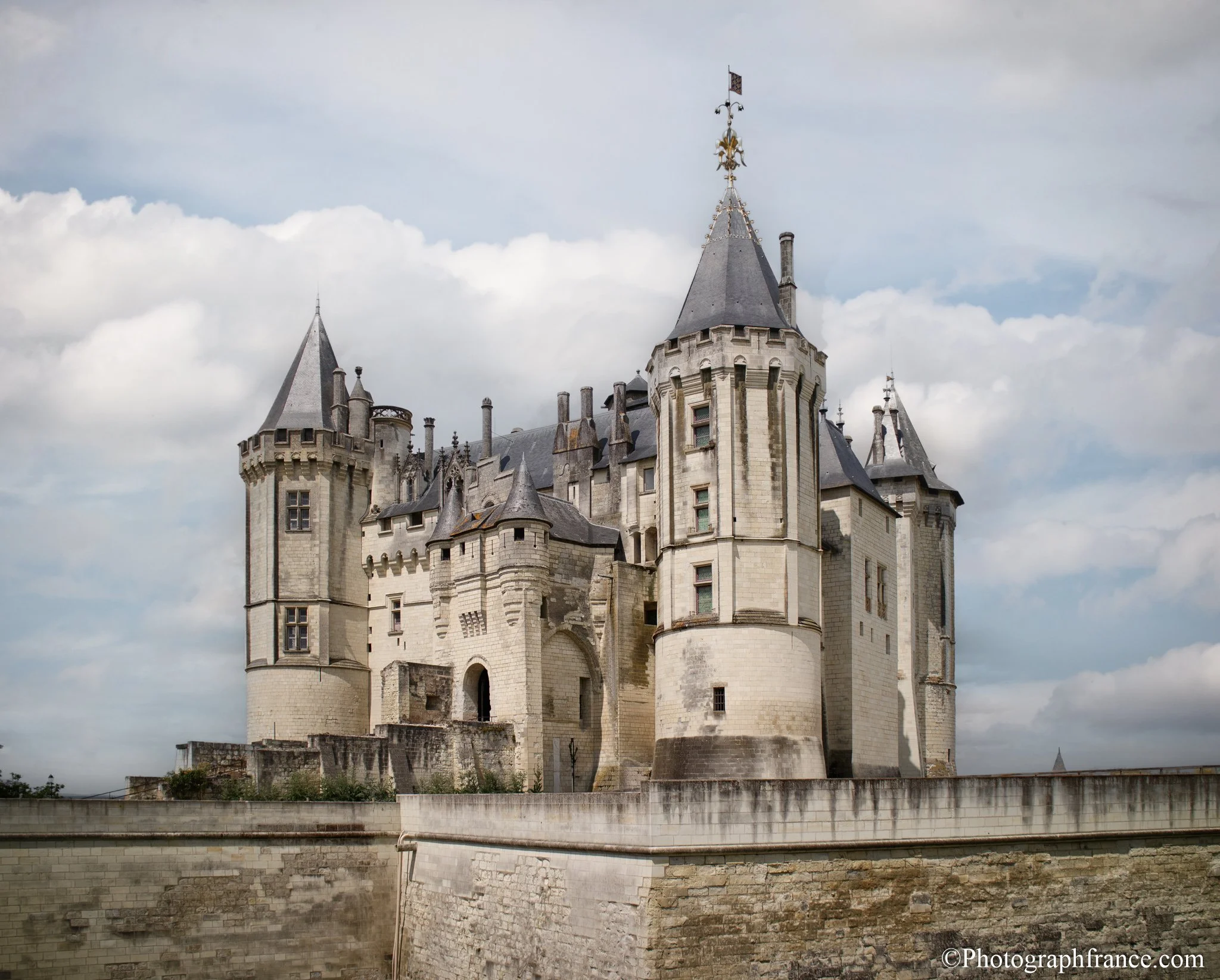The Final Days of Margaret of Anjou
Château de Morains in Dampierre-sur-Loire
Apart from those who live in the area, very few have ever heard of Dampierre-sur-Loire, yet this is where one of the most astonishing Queens of England ended her days.
We went to Saumur to pay homage to the now almost forgotten Yolande of Aragon and her grand-daughter Margaret of Anjou. To see where they lived. And where they died.
Both lived in the grand Château of Saumur.
Château Saumur
Both died in modest manor houses.
Yolande from choice. She wanted a more comfortable home in her old age.
Margaret from necessity. She had no choice.
Both died in near poverty.
Yolande from choice. She spent her fortune saving France from itself.
Margaret from necessity. Her cousin Louis XI deprived her of her wealth.
Two heroines in one day. How cool is that?
I wanted to see the Château where Yolande lived and reared Margaret who was born the year after Joan of Arc's astonishing victory at Orléans.
She was six months old when Joan perished.
Joan was not ancient history, she was now. The teenager in armour who led armies and crowned a king was the stuff of Margaret's childhood.
Margaret grew up watching her grandmother and her mother, Isabella of Lorraine, govern vast territories, negotiate with ego driven powerful nobles and make life-or-death decisions.
When Margaret found herself Queen of England with an ineffectual and mentally unstable husband, she did what she saw the other women in her family did. She took charge.
With a grandma such as Yolande who mentored Joan of Arc, it was no wonder that Margaret picked up the warrior mantle. Just like Joan, she ordered a full suit of armour and rode into the fray.
The difference was Yolande and Joan fought for France and won. Margaret fought for England and lost. As a woman alone and a foreigner, it's nothing short of a miracle she did as well as she did. Yolande and Joan would have been proud of her.
After losing her last battle and her beloved son, Edward, prince of Wales at Tewkesbury, Margaret was Edward IV's prisoner for five years until her cousin Louis XI paid her ransom.
In return he forced Margaret to sign over her inheritance.
Margaret was forty-six. Destitute. A grieving wife and mother.
She was crushed. Broken. No Court. No money. No family. No home. Burnt out. Worn out.
As for her last home, her biographers say that François de la Vignolle, a loyal member of her father's Court, gave her Château de Morains in Dampierre-sur-Loire to live out her days. Château applied to any large house. This was an unprepossessing manor.
Other sources say the house was part of Margaret's domain until Louis XI took it for the Crown.
Margaret lived her final years in obscurity in the heart of Anjou she once owned.
She had a lady-in-waiting and dogs.
She also had two loyal allies. Jeanne Chabot who lived in Château Montsoreau nearby and François de la Vignolle who managed her household.
Margaret writing from Dampierre: 'My good Montsoreau (Ma bonne Montsoreau), I commend myself to you with all my heart. And pray send me news of yourself, for you know I am never at my ease until I have it... I am not well at all, and have had such a bad night that I am not able to write to you myself.'
She asks Jeanne to visit. 'I have no one in the world in whom I have more trust than you.'
Just before she died, Margaret sent her beloved dogs to Jeanne to look after, and asked François to distribute her few personal belongings.
Francois oversaw Margaret's interment in the Cathedral of Saint-Maurice in Angers. She was buried next to her beloved parents, René of Anjou and Isabelle of Lorraine.
Informed of her death, Louis XI ordered that her funeral expenses and the wages of her servants should be taken from the sale of her possessions.
A life long dog lover, he sent a courtier to Château Montsoreau for Margaret's dogs.
'Monsieur de Gaucourt, because I have been told that the late Queen of England has died, go to the place where she died and see that all that she had is put into a secure inventory... And you are to send to me the little dogs of the late queen, both male and female, in a cart along with the woman who looks after them.'
Gaucourt, a trusted friend of the not very trusting Yolande spent his life fighting for the Valois cause. Captured by Henry V at Agincourt, he was held prisoner for many years until his ransom was paid.
He fought with Joan of Arc at Orléans.
Margaret's coffin was destroyed during the French revolution. Her father's was discovered in Angers Cathedral in 1895. His skeleton and his crown were found inside.
René and his daughter now share a memorial slab near the High Altar in Angers Cathedral
Margaret's ruthless cousin, Louis XI and her bitter enemy Edward IV both died one year after Margaret.
To end on a slightly more cheerful note. Margaret, a Lancastrian, tried in vain to crush the House of York.
The daughter of Louis XI, Anne of Beaujeu* bankrolled Henry Tudor's successful invasion of England and his victory at the Battle of Bosworth.
House of York 0. House of Lancaster 1.
Henry Tudor as Henry VI established the stable government Margaret gave her life for.
* Read more in Out of the Shadows: The Ladies of Royal Château Amboise by Pamela Shields.
Post by Pamela (BA History of Art). Photography by Mark Playle.
Out of the Shadows
The Ladies of Royal Château Amboise



